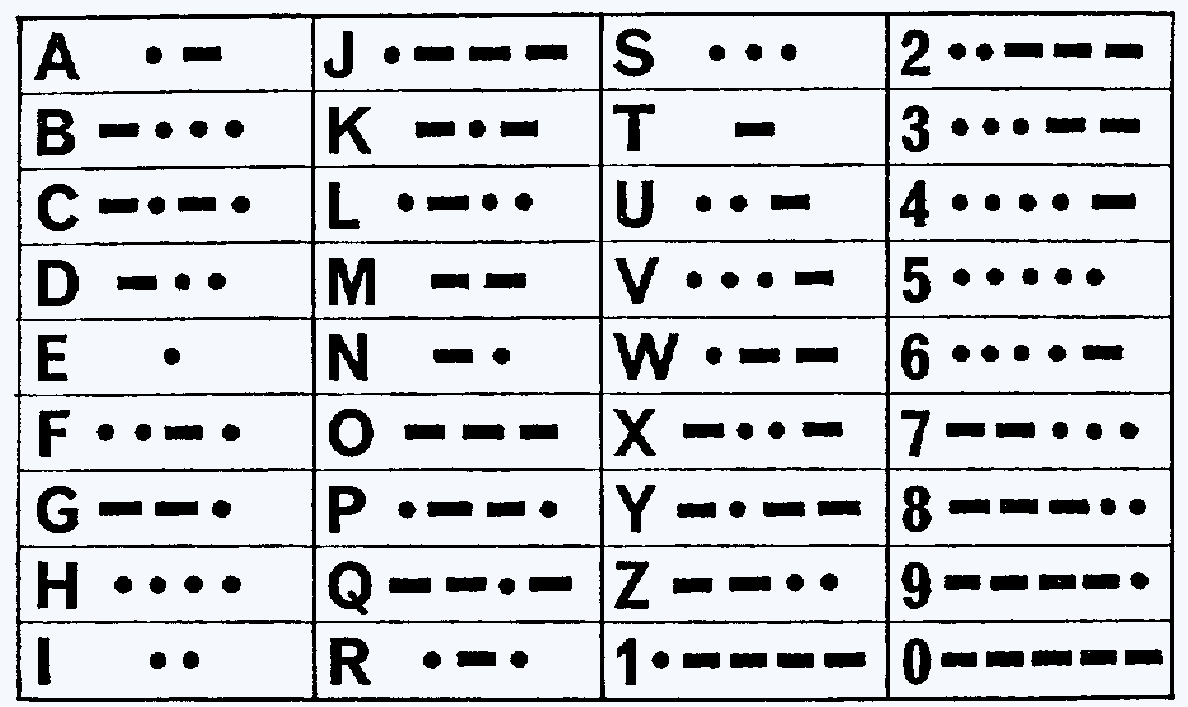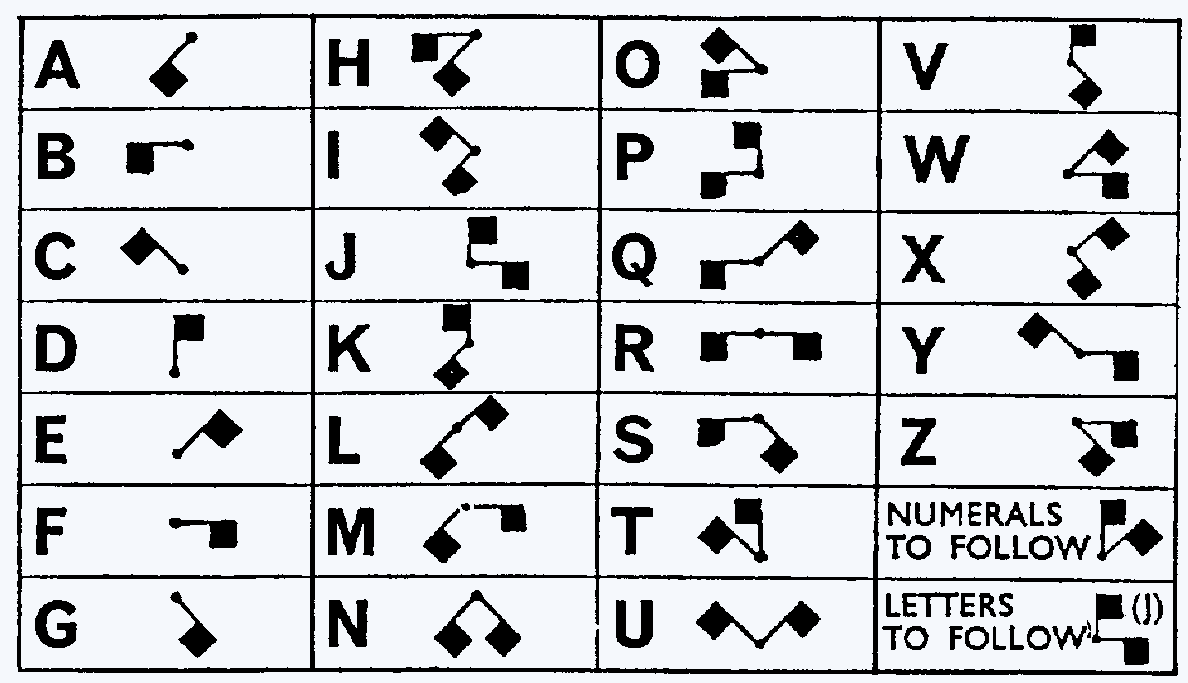Signalling
Signalling is well worth knowing. It is good fun to be able to signal to your pal across the street without other people understanding what you are talking about. But I found it really valuable for communicating with a friend out in the wild-once when we were on separate mountains, and another time when we were on opposite sides of a big river, and one of us had important news to communicate.
Signal Fires
Scouts of many countries use fires for signalling purposes-smoke fires by day and flame fires by night.

The aborigines of Australia often used signal fires to send messages.
Smoke Signals-Three big puffs in slow succession mean "Go on". A succession of small puifs means "Rally, come here". A continual column of smoke means "Halt". Alternate small puflfs and big ones mean "Danger".
To make a smoke fire, light your fire in the ordinary way with plenty of thin dry sticks and twigs, and as soon as it is burning well, put on green leaves and grass, or damped hay, to make it smoke.
Cover the fire w'ith a damp blanket. Take off the blanket to let up a puff of smoke, then put it over the fire again. The size of the puff depends on how long you lift the blanket. For a short puff, hold it up while you count two, then replace the blanket while you count eight. For a long puff hold up the blanket for about six seconds.
Flare Signals-Long or short flares at night mean the same as the above smoke signals by day.
You light a flare fire with dry sticks and brushwood, so as to make as bright a flame as possible.
Two Scouts hold up a blanket in front of the fire, that is, between it and those to whom you are signalling, so that your friends do not see the flame till you want them to. Then you drop the blanket while you count two for a short flash, or six for a long one, hiding the fire while you count four between each flash.
Sound Signals
In the American Civil War, Captain Clowry, a scout officer, wanted to give warning to a large force of his own army that the enemy was going to attack unexpectedly during the night. But he could not get to his friends because there was a flooded river between them which he could not cross, and a rain storm was raging.

Special drums are used in Africa to signal from village to village.
What would you have done if you had been Captain Clowry?
A good idea struck him. He got hold of an old railway engine that was standing near him. He lit the fire and got up steam in her, and then started to blow the whistle with short and long blasts in the Morse alphabet. Soon his friends heard and understood, and answered back with a bugle. He then spelt out a message of warning to them, which they read and acted upon. And so their force of twenty-thousand men was saved from surprise.
Certain tribes in Africa signal news to each other by means of beats on a drum. Others use wooden war gongs.

Here is another kind of signal drum used in Africa.
Morse and Semaphore Signalling
Every Scout ought to learn the Morse code for signalling. It can be used to send messages by "dots" and "dashes" for some distance by flags; or by sounds, such as bugle; or by flashes (heliograph or electric light).

The MORSE code letters and numerals are made up of dots and dashes
Semaphore signalling, which is done by waving your arms at different angles to each other, is even easier to learn. Here you form the different letters by putting your arms at different angles. Be sure to make these angles correctly. The diagram on page 66 shows the signs as they appear to a "reader". It may look complicated in the picture, but you will find it is very simple.
The sender must always face the station he is sending to. He gets the attention of the receiving station by the calling up signal VE-VE-VE or AAAA. When the receiving station is ready, it gives the carry on signal K. If it is not ready, it sends Q, meaning wait.
When the receiving station has read a word correctly, it sends E or T (for Morse), or C or A (for Semaphore). If any word is not answered, the sending station knows that the receiving station has not read it and so repeats it until it is answered.
If you make a mistake, send the erase signal of 8 Es, and then repeat the word.

SEMAPHORE letters are made by holding two flags at different angles.
If you lift going to send numbers, use the regular Morse numerals, but in Semaphore spell the numbers out in letters. They will be checked by being repeated back by the receiving station.
The end of a word is indicated by a short pause in light and sound signalling, or, with flags, by bringing them down to the front. You finish a message by sending the end of message signal AR.
The receiving station answers with the message received signal R if the message has been received correctly.
Once you know the Morse or Semaphore alphabet, all you need is practice. A Scout is not asked to send long sentences, or to send over long distances, or at a high speed. All that is expected of you is that you should know your alphabet and read and send simple sentences or words really well. Do your best, so that when it comes to sending across a big field, or from hill to hill, your message will be easy to read.
If you want to write a dispatch that will puzzle most people to read, use the Morse or Semaphore letters in place of the ordinary alphabet. It will be quite readable to any of your friends who understand signalling.
Author
Lord Baden-Powell of Gilwell (Chief Scout, London, UK)
Date of Creation
1908
Learn A Continuation:
to the next page: Commands and Signals
Back in The Past:
to the previous page: Signals and Commands
Мнение автора и других создателей данного материала
может не совпадать с официальной позицией администрации сайта.
При использовании материалов сайта обратная ссылка на GomelScouts.com обязательна.